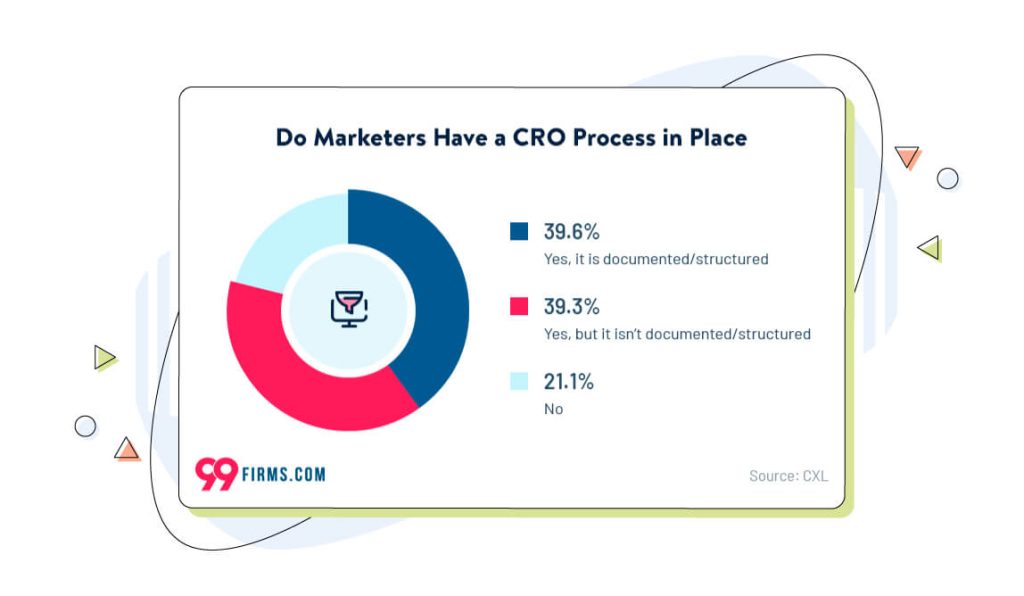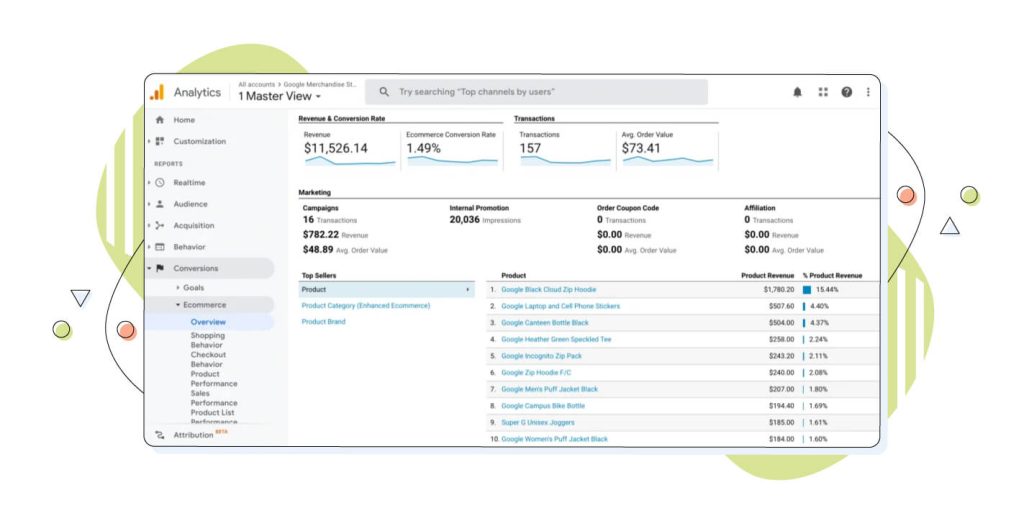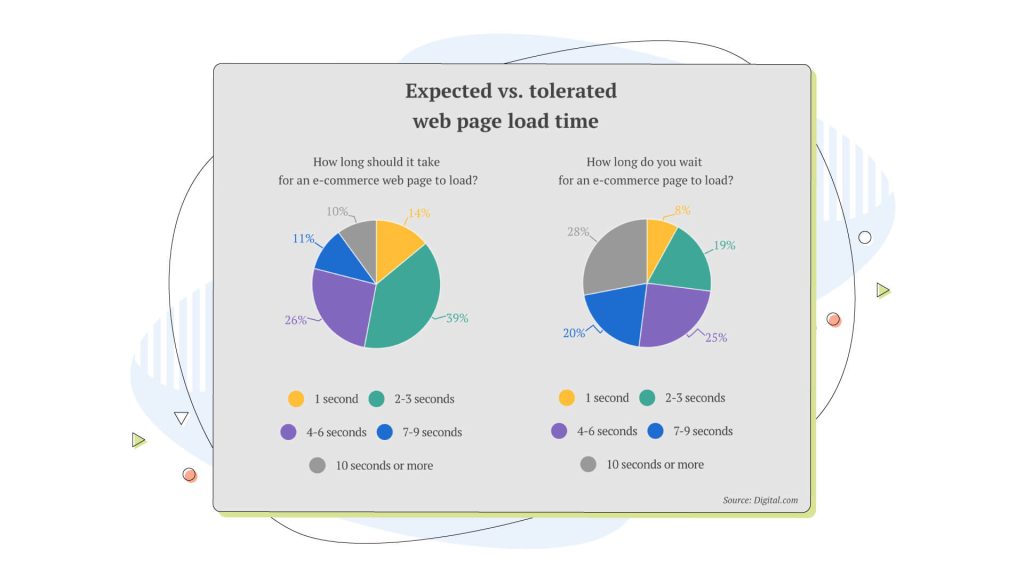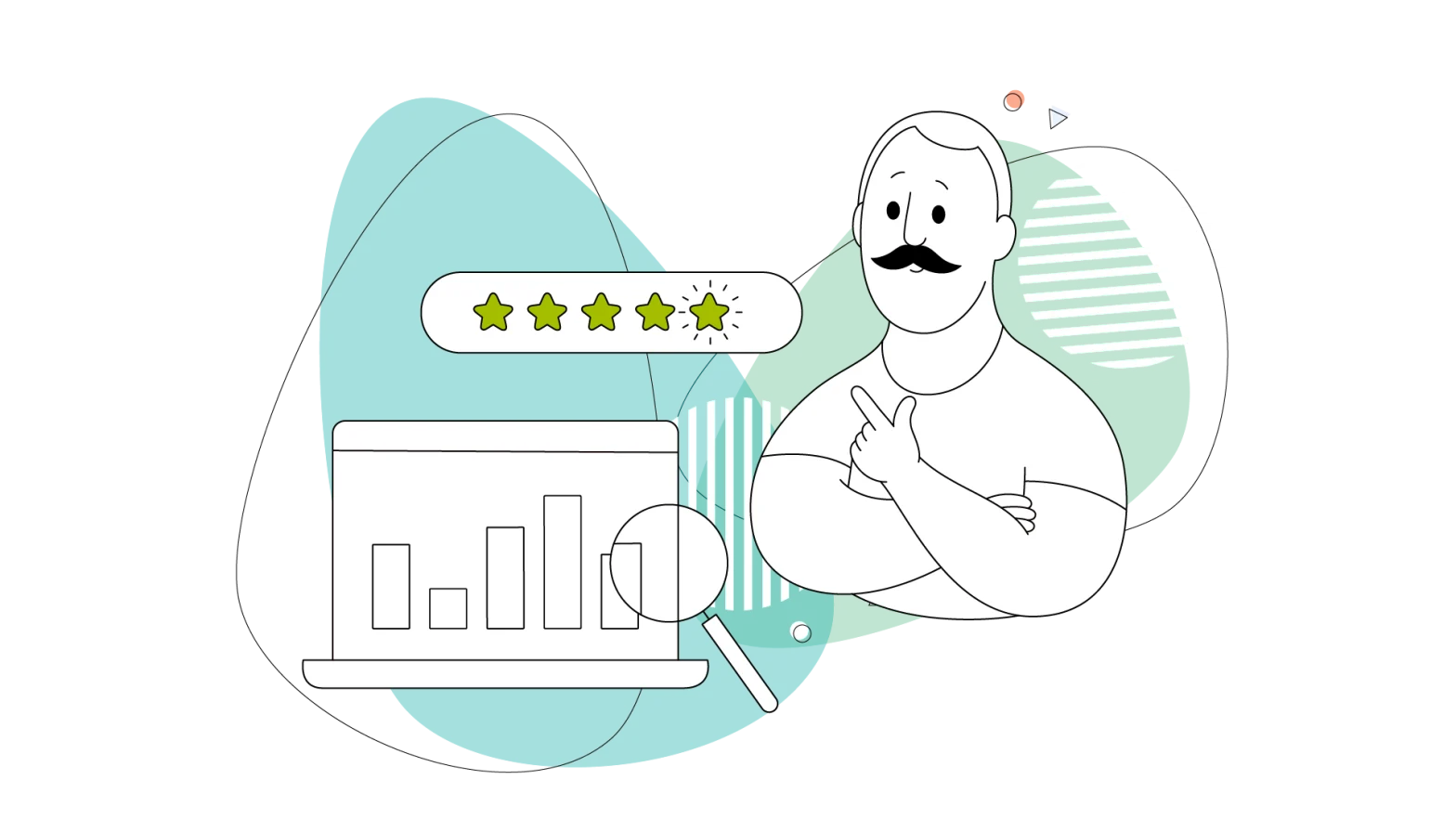Your business has a shiny new WordPress website. Fantastic! But the work doesn’t stop there. Simply having high levels of traffic doesn’t mean very much. You now need to ensure that customers are behaving the way you want them to. In other words, buying your products and helping you to grow your business.
That’s where conversion rate optimization (CRO) comes in. This is the process of tracking user interactions on your site. How can you optimize your web pages to influence customer behaviour? With CRO for your WordPress website, you can continuously improve your platform. You’ll see higher levels of customer acquisition and customer retention.
But making random website improvements and hoping for the best won’t get you far. Let’s explore some of the best CRO strategies you can implement.

Understanding Key Terms
Throughout this article, you’ll see several key terms. Before we get deeper into CRO strategies, it’s important that you understand what these terms mean. Let’s go through each one.
- Conversion: This is when a user performs a key interaction on your site. Conversions are defined by the user. For example, adding a product to a cart and signing up to a mailing list are both examples.
- Conversion rate: The percentage of your overall users that convert. It can be calculated by dividing the total number of conversions by the total number of users.
- Call to action (CTA): A button usually found at the bottom of a section of copy. It aims to persuade users to complete a certain action. For instance, ‘Click here,’ ‘Learn more,’ and ‘Buy it now.’
The CRO Roadmap
Every WordPress website optimization follows a similar CRO roadmap. These are broken down into five steps. Let’s look at each step.
#1 – Finding the Right Page
CRO can be a lengthy process. There’s no point trying to tackle your entire website; you’ll be overwhelmed. Instead, you need to focus on specific areas. But what should you look for? Remember, there’s no clear-cut strategy for optimization. Your chosen CTAs will vary drastically from business to business.
Let’s say you run an entertainment business that relies on a mailing list. Your focus would be on finding new subscribers. You might create better CTAs for the sign-up page. An eCommerce website, on the other hand, would likely focus on improving CTAs on its product pages.
Take time to think about the specific needs of your business. Which pages can be optimized to help you meet them?

#2 – Monitor Performance
How successful were your WordPress website optimization efforts? Without a baseline, you won’t know. You’ll no doubt want to put a big emphasis on monitoring a page after optimization. But don’t neglect to monitor pre-optimization.
When setting a baseline, ask some key questions. How many people are you converting? What are your overall goals for the page, and how close are you right now to meeting them?
#3 – Spot the Issue
Once you have identified a page and a clear baseline, it’s time to figure out the problem. Segment your conversion data into micro funnels denoting clear stages. At what point are people dropping off? Once you’ve spotted the issue, you can begin the process of landing page optimization.
#4 – Addressing the Problem
Let’s consider an imaginary scenario. Let’s say that your conversion goal is to grow your mailing list. You find that lots of people are finding your landing page, but very few people are successfully signing up. On closer inspection, you realize that your CTA is poorly situated and visitors aren’t sure how to proceed with signing up.
In this situation, the solution is clear: To reposition your CTA to an area of the page that is easy to find. Of course, the solution may not always be as simple as this. Below is a list of general questions to ask yourself when looking at your landing page.
- Is your CTA clearly signposted?
- Have you created a compelling CTA with clear instructions for the user?
- Is the CTA easy to click?
- Are there too many media elements on a page distracting users from your CTA?
#5 – Repeat the Process
After these steps, is the work done? Sadly, the process of CRO for a WordPress website is ongoing. Your optimizations might have helped you reach your goals. But the techniques you used today might not work tomorrow. The interests of users change alongside market and technological change.
An effective strategy needs to be dynamic. That’s why you need to repeat this process regularly. You’ll uncover new problems and solutions. It might be a lengthy process, but ultimately it’s key to boosting customer acquisition and retention.
Tips for Boosting Conversions
As we’ve discussed, there’s no one way to boost conversions on your site. It will largely be a process of trial and error. With that said, here are some simple and effective actions that may help boost conversions on your site.

Simplify Your Pages
When designing a landing page, it’s very easy to get carried away. You might want to include eye-catching media such as use photos and videos for CRO. Or perhaps a certain sidebar option has caught your eye. Each of these elements can be an effective part of a landing page. But only if used in moderation.
Firstly, too much media on a webpage can cause slow site speeds. Remember, 1 in 2 visitors will abandon slow-loading websites. Make sure that speed is a priority.
But not only that, if too much is happening on a webpage, users will be distracted from your key message. There’s a simple test for adding a certain element to a landing page. Ask yourself, ‘Does this support my goals?’ If the answer is no, then don’t include it.
Rethink Your Design
Every business needs a unique value proposition, but you could still fail without a strong website design. When it comes to landing page optimization, design is everything. Whilst it might not seem like it at the time, a simple design tweak can greatly impact CRO. Below, we’ve listed some factors to consider when designing your landing page.
- CTA presentation: The presentation of your CTA is equally important as the text. Without even reading, the user should know that this area of the page is important. Consider the colour and shape of your CTA. Is the font easy to read?
- Positioning: Consider the positioning of different elements on your landing page. For example, are testimonials and portfolios easy to spot for customers?
- Colours: Studies show that colour influences emotions. Try to use colours that give off a positive vibe, and suit the overall colour scheme of your website.
Make Purchasing Simple
For sales-based conversions, simplicity is key. The average customer doesn’t want to go through several pages to buy a product. They expect to be able to place an order at the click of a button. To simplify the checkout process, consider the following:
- Add a ‘buy it now’ button: Ensure that customers can easily save their details so they don’t have to input them every time.
- Add a guest checkout: Not everyone wants to create an account on your site. A guest checkout provides flexibility.
- Accept multiple payment options: Restrictive payment options will only lessen the number of sales you make.

Use the Right Tools
As mentioned, CRO can be a lengthy process. Luckily, technology is on hand to make things a little simpler. For example, there are a variety of Google tools for CRO. Each can help improve conversion, reporting in a variety of different ways. This ranges from conversion upscaling to reducing the number of blocked conversions to helping customers convert with FAQ chatbots assisting them.
There are also many tools available for monitoring CRO. The right tool can help in some of the following ways.
- Increase conversions
- Gather audience insights
- Test hypotheses
- Highlight gaps for improvement
Always Test
Does a landing page appeal to your audience? There’s an easy way to find out! Let a section of your user base give feedback firsthand. Testing is an easy and inexpensive way of improving your website.
An effective method of testing is to set up a live focus group. This method allows you to watch a user as they navigate your site. You can ask questions about your landing pages and gain a better understanding of what users like and don’t like.
Summarizing
Conversions are essential for online success. But CRO for a WordPress website is more than just making tweaks here and there and hoping for the best. CRO success begins with the right strategy. In this article, we’ve looked at some tips to help guide you as you plan your strategy. Let’s recap some of the most important aspects.
- Think about the unique needs and goals of your business. Which areas of your website can be improved to help meet them?
- Adopt a dynamic approach to CRO. Your strategy should always be dynamic and should change with user behaviour.
- Opt for simple landing pages, and avoid clutter.
- Remember that design is key. How can media, copy, and general layout impact user behaviour?
- Invest in CRO monitoring tools for more in-depth insights.
Remember that crafting the perfect CRO strategy takes time and effort. But the rewards can be huge.




